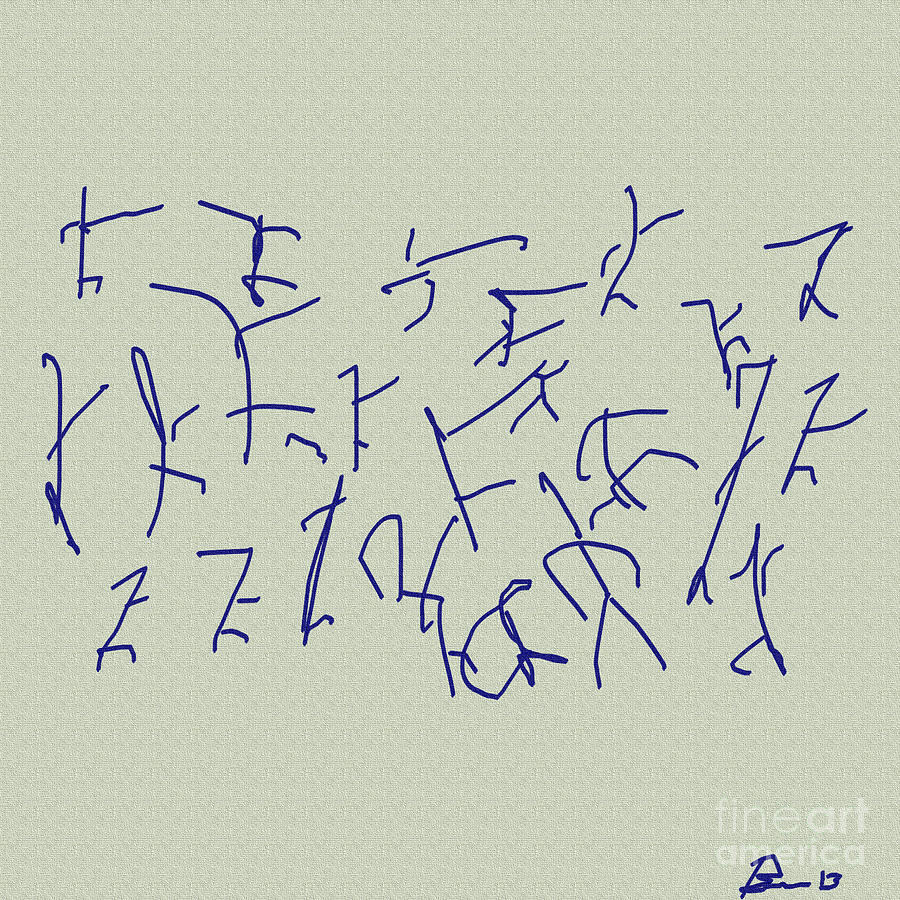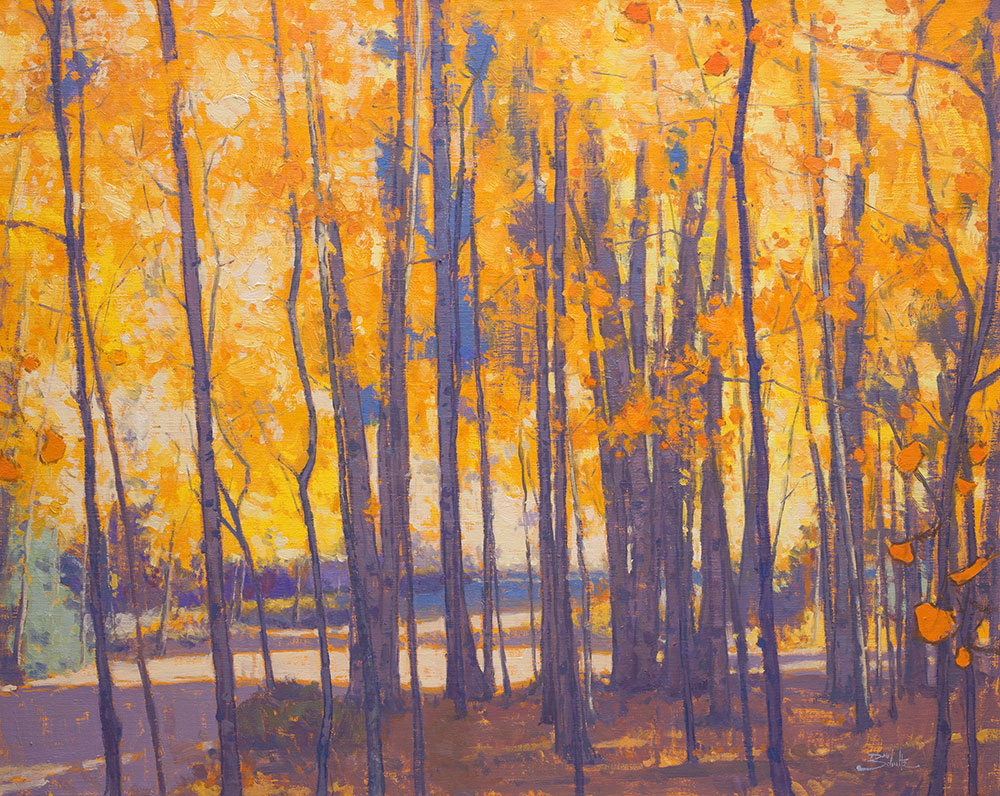
Hues located close to each other on the color wheel have more similarities they contain more of the same primary color than hues located farther from each other. Each hue has its own specific placement on the color wheel, depending on its similarities and differences to other hues. To better understand how hues (colors) relate to each other, learn about the COLOR WHEEL. When we talk about hue, we are NOT referring to light or dark, bright or grayed, or strong or weak. An almost infinite number of hue variations are possible, from yellow-green to turquoise to blue-violet.

Values – Beach Shadows Watercolor Painting. For achieving middle value color, make a thicker mixture with an opaque color. An even thicker mixture made with a staining color will produce a dark value. For a light color using a transparent pigment, use more water. For a dark value, choose a stain.” You still must adjust the amount of water you use. 120-121, suggests, “If you want a light value, choose a transparent pigment. Catherine Gill, in Powerful Watercolor Landscapes, pp. The thickness of your color mix relates to its value.įurther, you can create the desired value of a color by first choosing the right pigment for the value you want. If you instead add more pigment, you create a thicker, darker mix. If you add more water to a watercolor mixture, you get a lighter value. One method of achieving the desired value of your color, is to mix the right amount of water with the right amount of paint. For example, limit your choice of values to darkest dark, lightest light, and one or two mid-tones. It is best to simplify narrow down the number of values you plan to capture, and limit yourself to 3-5 values for ease of painting. Trying to capture every one of these variations in paint, from dark to light, would be too overwhelming. Even when squinting, you will probably see many values ranging from black through a range of dark to light grays to white. Squinting allows less light to reach your eyes and will reduce both the color (hue) and detail you see, making it much easier to isolate light and dark values. In order to better see value in a scene, squint your eyes. Value helps to create form and to show the direction of light. I have heard it said that VALUE (a color’s lightness and darkness) is the most important of these three elements of color to get right in a painting. By manipulating value, hue, and intensity in a painting, you will be able to create the illusion of space and three dimensions as well as create art filled with feeling. Each brushstroke in a watercolor painting is affected by all three aspects of color, although usually the properties are discussed and adjusted separately. These qualities are value (lightness or darkness), hue (the color name), and intensity (saturation or brightness).
INTENSITY IN ART FREE
Although not actually portraying Patrice Lumumba, they evoke the symbol he stands for, Congo’s struggle for independence against colonialism, the symbol of a free Africa.Every color has three different components.

Some are conventional landmarks, some are not, but they all become landmarks to Tillim as they are linked together by the symbol of Lumumba and so share a common history. His photographs show the remains of colonial architecture, derelict buildings, the remnants of a grandiose hotel, residential buildings or administrative offices. In 2006 Tillim photographed places across Africa named after Lumumba. Photographer Guy Tillim photographs landmarks to create a photographic monument to Congolese Independence leader Patrice Lumumba (1925–61). He also explores the gaps between natural and built environments. By making monument-like sculptures from these damaged fragments of public spaces into an art gallery, Coventry highlights the gap between the vision of the ideal of homes for everyone and the reality of the urban experience. The broken, stunted trunks are remnants of an act of vandalism recalling trees that are no longer there. Trees like Keith Coventry’s casts can be found growing out of the concrete pavements of many shopping centres or public housing estates. Keith Coventry creates a very different kind of monument.


 0 kommentar(er)
0 kommentar(er)
